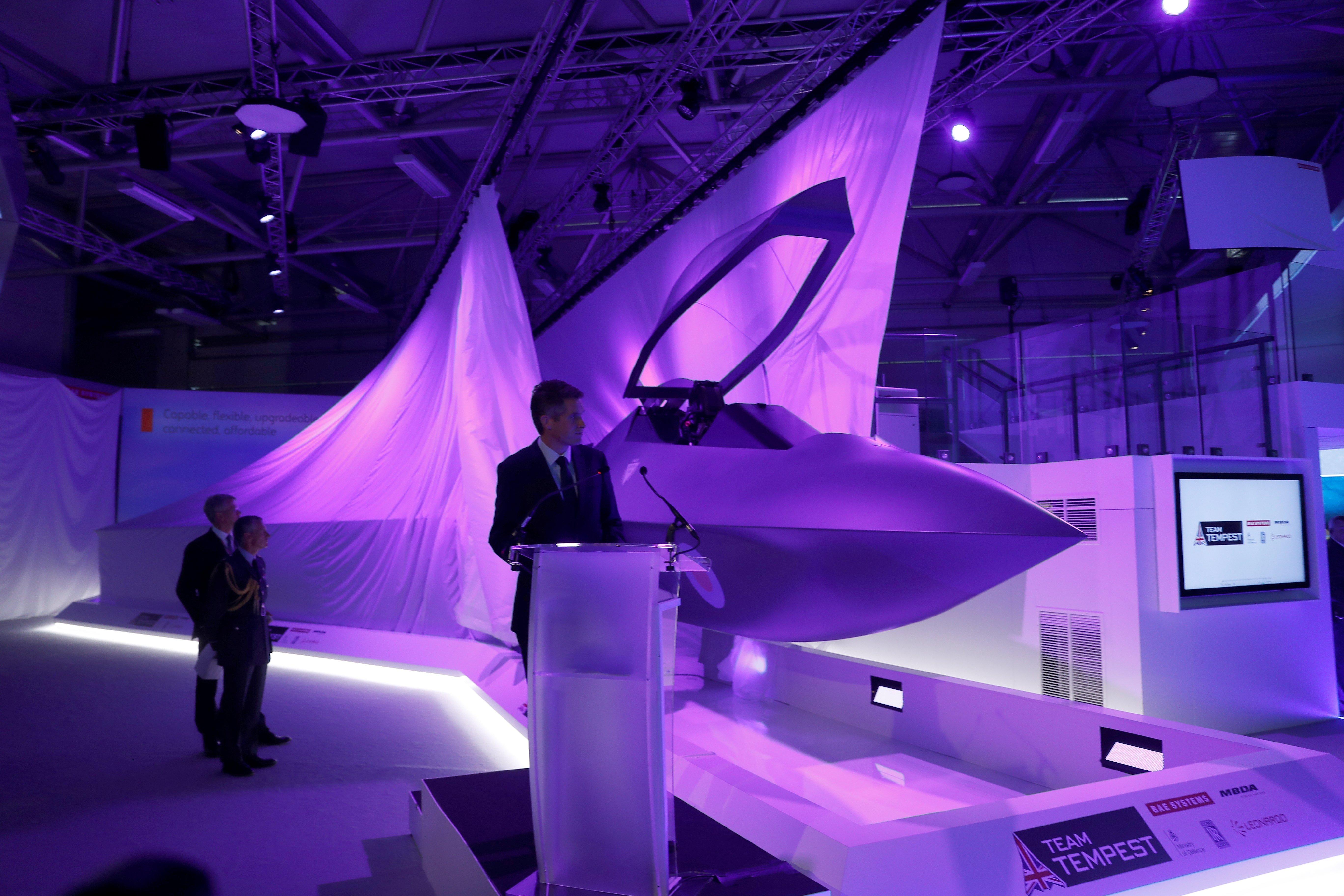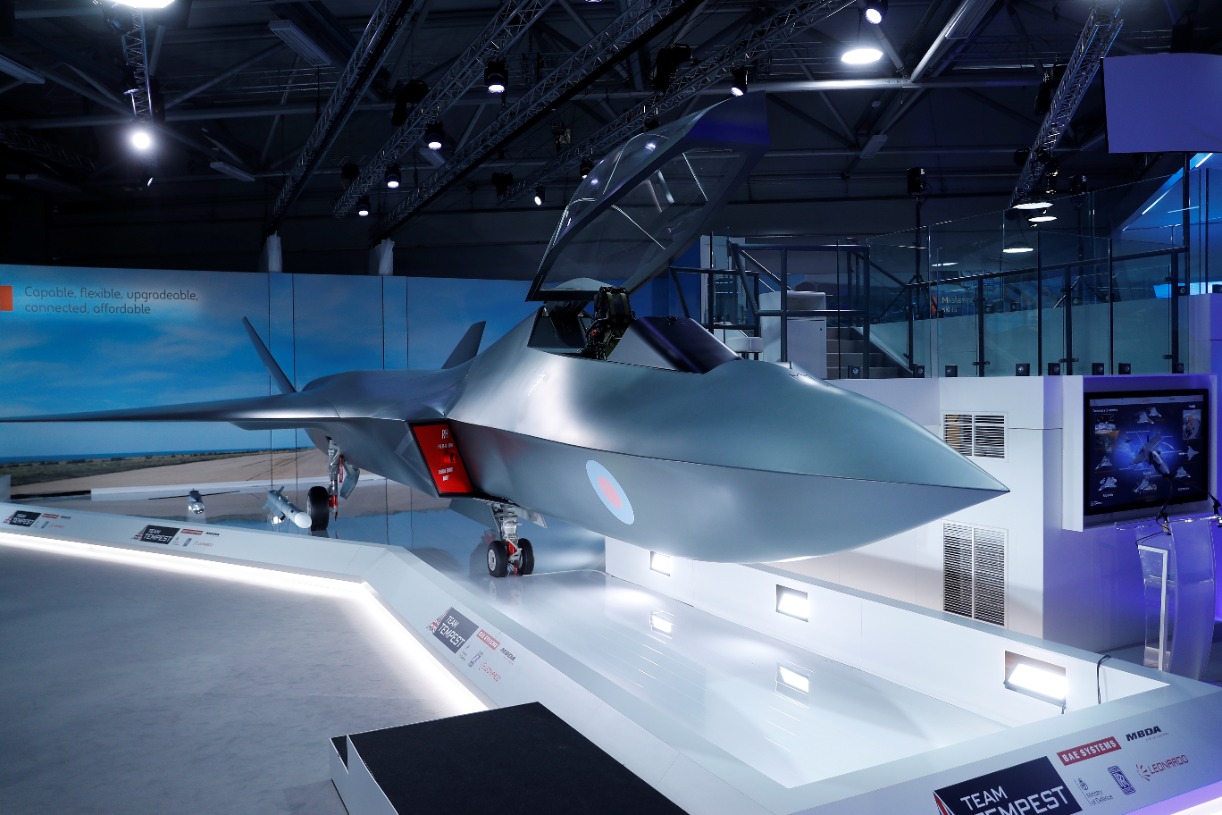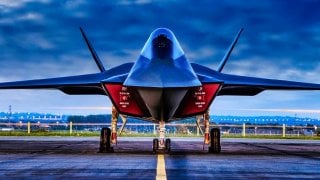Forget NGAD: Global Combat Air Program Might Be the 6th Gen Stealth Fighter Program to Watch
The British-led Global Combat Air Program (GCAP), involving the UK, Italy, and Japan, is advancing toward developing a sixth-generation fighter jet, with a trilateral government organization (GIGO) set to be established by year's end.
What You Need to Know: The British-led Global Combat Air Program (GCAP), involving the UK, Italy, and Japan, is advancing toward developing a sixth-generation fighter jet, with a trilateral government organization (GIGO) set to be established by year's end.

-Originally known as the Tempest in the UK, the aircraft aims to enter service by the mid-2030s, replacing Japan's F-2 and the Eurofighter Typhoon used by the UK and Italy. The fighter is expected to feature optional manning, an augmented reality cockpit, support from unmanned drones ("Loyal Wingmen"), and possibly directed-energy weapons and AI co-pilots.
-Japan's increased involvement aligns with its military modernization amid concerns over China's military expansion.
The Global Combat Air Program is in Supercruise
The United States Air Force may be rethinking its Next Generation Air Dominance (NGAD) program, which calls for a system of systems including a sixth-generation manned fighter. However, on the other side of "the pond," the British-led Global Combat Air Program (GCAP) looks likely to engage its supercruise.
Last Sunday, the defense ministers of the UK, Italy, and Japan – the three nations jointly developing the sixth-generation fighter and supporting aircraft – announced that "a trilateral government organization would be established by the end of this year to work with the parties producing the aircraft," the Associated Press reported.
The two NATO members began developing the fighter and were joined by Japan, merging with the Mitsubishi F-X program. In 2022, the three nations set a goal of having the multirole fighter in service by the middle of the 2030s. Originally known as the Tempest while under development in the UK, the future stealth fighter is on track to replace Japan's F-2 and the Eurofighter Typhoon, which is currently operated by both the UK and Italy.
All three nations have also adopted the Lockheed Martin F-35 Lightning II, and continue to acquire the fifth-generation multirole stealth aircraft.
Enter the GIGO
It was last week that Japanese Defense Minister Gen Nakatani, the UK Secretary of State for Defence John Healey, and Italian Minister of Defense Guido Crosetto – who met on the sidelines of the Group of Seven defense minister meeting in Naples – announced that the GCAP International Government Organization (GIGO) would be set up by the end of the year, and oversee the development of the next-generation fighter.

GIGO was first announced last December, during a meeting of the partner nations in Tokyo, and a goal was set to have a demonstrator aircraft ready by 2027.
It was announced this week that GIGO will be based in the UK, and will be headed by Japan's Vice Minister of Defense Masami Oka.
"We now see the launch of GIGO and a joint venture on track" to deliver the first contracts," Nakatani told reporters.
From Tempest to GIGO
Multiple international firms are already involved in the development of the aircraft – and currently include the UK's BAE Systems, MBDA UK, and Rolls Royce; Italy's Leonardo; and Japan's Mitsubishi Heavy Industries.
The exact capabilities of the aircraft haven't been disclosed, but it is likely to be an "optionally-manned" aircraft equipped with an augmented reality (AR) cockpit, and supported by unmanned aerial systems (UAS) or drones that can act as "Adjuncts" or "Loyal Wingmen." There has been speculation that the future stealth fighter could be equipped with directed-energy weapons and utilize artificial intelligence (AI) that serves as a virtual co-pilot, assisting with flight operations and situational awareness.

Big Effort From Japan
Japan's increased involvement comes as the nation has ramped up its military capabilities – including converting its two largest multirole destroyer warships into aircraft carriers that can operate with the F-35B, the short takeoff and vertical landing (STOVL) variant of the Joint Strike Fighter.
Tokyo, which has maintained a strict policy of pacifism, including an article in its post-World War II constitution, has been increasingly alarmed by China's own military build-up.
Author Experience and Expertise: Peter Suciu
Peter Suciu is a Michigan-based writer. He has contributed to more than four dozen magazines, newspapers, and websites with over 3,200 published pieces over a twenty-year career in journalism. He regularly writes about military hardware, firearms history, cybersecurity, politics, and international affairs. Peter is also a Contributing Writer for Forbes and Clearance Jobs. You can follow him on Twitter: @PeterSuciu. You can email the author: [email protected].
Image Credit: Creative Commons and/or Shutterstock.


